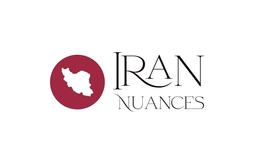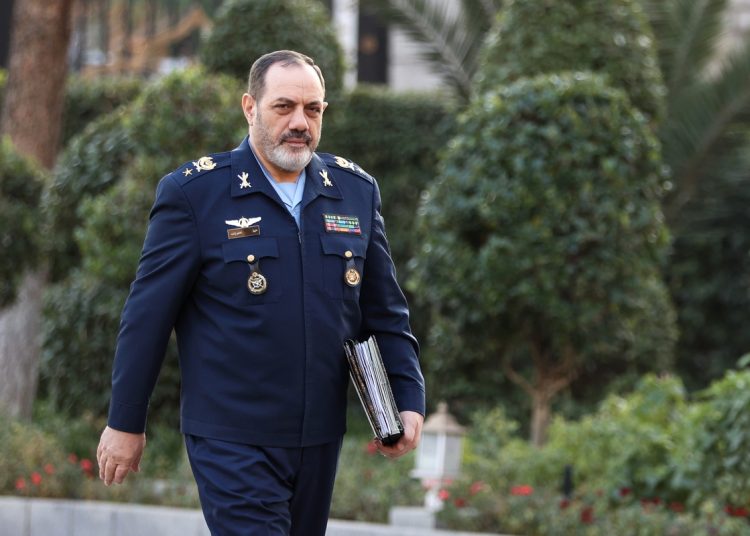Iran’s navy is set to begin a missile drill in the north of the Indian Ocean and the Sea of Oman on Thursday, August 21, in an exercise showcasing an expanded range of precision cruise missiles and other defense capabilities.
Rear Admiral Abbas Hassani, spokesperson for the missile exercise, said the two-day operation will involve surface and subsurface vessels, aerial units, coastal and sea-based missile sites, and electronic warfare teams. The drills will also include reconnaissance and drone operations.
According to Hassani, the exercise will draw on lessons from past years to conduct extensive missile launches against surface targets using short-, medium-, and long-range cruise missiles. The stated goals include enhancing operational planning and command-and-control systems, strengthening combat readiness, and reinforcing deterrence “with reliance on domestic expertise.”
In a separate development, Commander of the Khatam al‑Anbiya Central Headquarters who was not identified by name said that Iran’s military remains at full readiness and continues to monitor “any movement” by adversaries. He reiterated that any miscalculation or renewed hostile action against the country would be met with what he described as a stronger, “more crushing” response.
Defense Minister Brigadier General Mohammad Azizi Nasirzadeh, speaking at an event with foreign military attachés in Tehran, cited the 12-day conflict involving Israel earlier this year as a benchmark for the country’s capabilities. He noted that the missiles deployed then were produced years ago, yet still penetrated heavily-supported air defenses that included the Iron Dome, Arrow, Patriot, and THAAD systems.
Nasirzadeh asserted that newer-generation missiles, developed by Iran’s defense industry in recent years, possess significantly greater capabilities and remain unused in combat. He warned that should Israel “embark on another act of adventurism,” these advanced systems will be deployed.
“Despite the full logistical, intelligence, and operational backing Israel received from the United States during that conflict, our domestically-produced missiles consistently hit their targets and caused significant damage,” Nasirzadeh said, adding that Israeli authorities engaged in extensive media censorship to limit coverage of those strikes. He maintained that by the end of the fighting, around 90 percent of Iranian missiles were hitting their intended targets – an improvement attributed both to operational experience and to the diminishing defensive capacities of the opposing forces.






